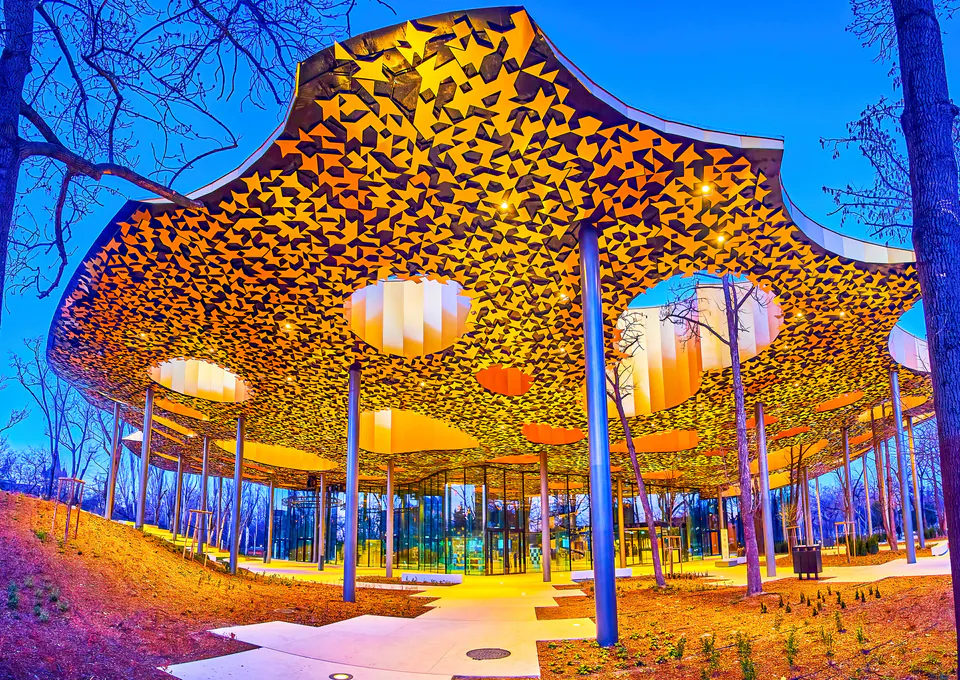Discover Budapest's Museums: Art, History, and Unique Collections
Budapest has over 40 museums that can compete with any European capital. We've spent countless hours exploring these places, and honestly, they tell some amazing stories about Hungarian history, art, and culture. You can find everything from huge palatial buildings filled with Old Masters to modern spaces with cutting-edge exhibitions.
We always tell people that Budapest's museums are one of the city's best kept secrets. Whether you're into classical paintings, medieval stuff, or want to understand Hungary's complicated 20th-century past, there's something here for everyone. We've made the mistake of trying to see too many in one day, so trust us when we say plan ahead!
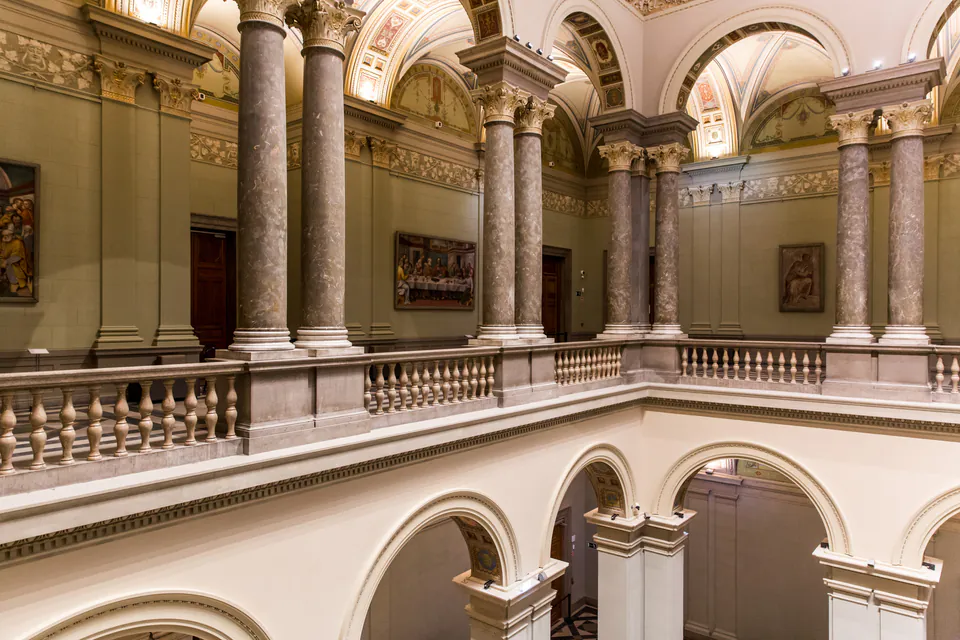
Art Museums and Galleries
Budapest's art scene has everything from medieval masterpieces to really modern contemporary stuff. We love how the major institutions house some of Europe's best collections, while smaller galleries show off new Hungarian artists.
The Museum of Fine Arts is Hungary's top art museum. This place has an incredible collection that goes from ancient Egyptian artifacts all the way to 19th-century European paintings. We spent a whole afternoon just in the Old Masters section, which has works by El Greco, Velázquez, and Goya. The Egyptian collection is also pretty amazing, one of Europe's most important ones. And the building itself? It's this magnificent neoclassical structure right across from Heroes' Square.
Right across the square, you'll find the Műcsarnok (Palace of Art). This one focuses on contemporary and modern art with rotating exhibitions. We've seen both Hungarian and international artists here. You can't miss it because of that distinctive green dome. It's been Budapest's main contemporary art venue since 1896.
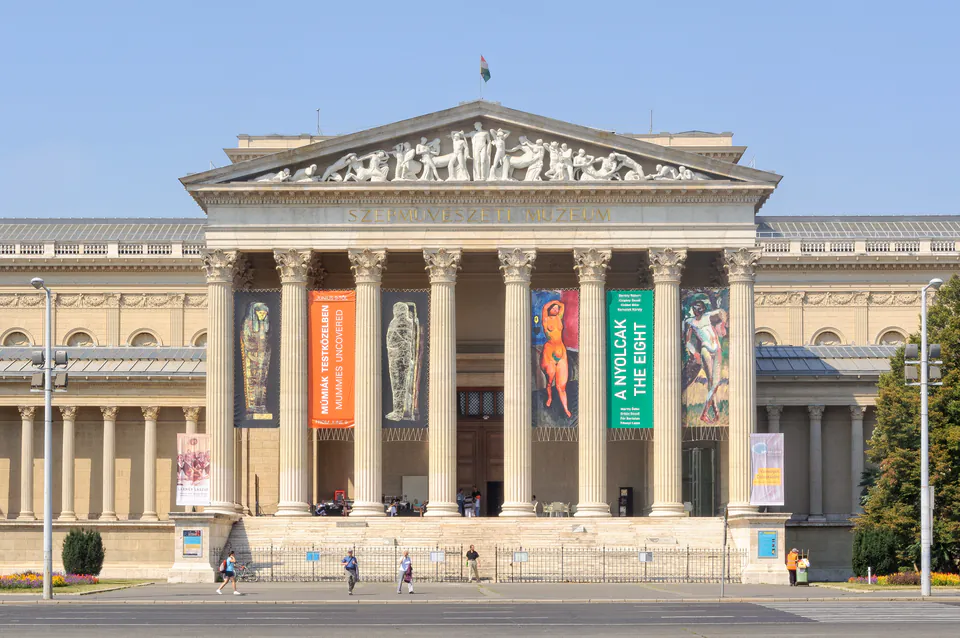
The Ludwig Museum is where you go for contemporary art. They have works by Andy Warhol, Roy Lichtenstein, and lots of prominent Hungarian contemporary artists. It's located in the Palace of Arts complex, and we think it really shows Budapest's commitment to modern culture.
If you want to focus on Hungarian art specifically, head to the Hungarian National Gallery in Buda Castle. It takes up several wings of the castle and displays the country's artistic heritage from medieval times to now. We found the 19th-century Hungarian paintings really interesting because they give you insight into the nation's romantic and nationalist movements.
Historical Museums
Budapest's historical museums give you deep insights into Hungarian civilization and Central European history. We've found these places preserve and present stories of triumph, tragedy, and transformation that shaped modern Hungary.
The Hungarian National Museum is the country's main historical repository. It's housed in this beautiful neoclassical building. The permanent exhibition traces Hungarian history from prehistoric times through the end of communism. You can see the Holy Crown of Hungary here, plus medieval artifacts and extensive displays about the Ottoman period and Habsburg rule.
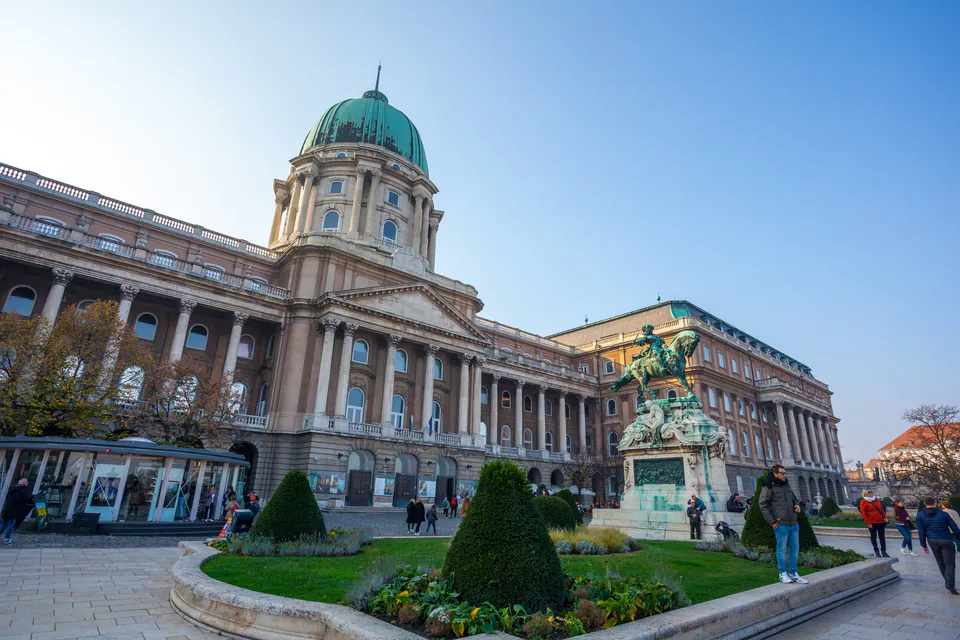
The House of Terror is a sobering look at Hungary's 20th-century experiences under fascist and communist regimes. It's located in the former headquarters of both the Nazi Arrow Cross Party and the communist secret police. We found the multimedia displays really powerful in documenting the persecution and resistance during these dark periods. It's heavy stuff, but important.
The Hospital in the Rock gives you a unique underground museum experience. We discovered this secret emergency hospital and nuclear bunker built into caves beneath Buda Castle. This facility was used during World War II and the Cold War. It really gives you insight into Budapest's wartime history and Cold War tensions.
Specialized and Unique Museums
Budapest's museum scene goes way beyond traditional art and history. There are specialized collections that reflect the city's diverse interests and cultural quirks.
The Museum of Applied Arts showcases decorative arts, crafts, and design in one of Budapest's most beautiful buildings. We were blown away by the museum's Art Nouveau structure, designed by Ödön Lechner. It has colorful Zsolnay ceramics and intricate folk motifs that make the building itself a masterpiece.

The Zwack Unicum Museum celebrates Hungary's famous herbal liqueur. You get tastings and insights into this beloved national drink. It's located in the historic Zwack distillery, so it combines industrial heritage with cultural tradition. We learned that Unicum is definitely an acquired taste!
For music enthusiasts, the House of Hungarian Music in City Park presents the country's rich musical heritage through interactive exhibits and state-of-the-art acoustics. This recently opened place explores everything from folk traditions to contemporary Hungarian composers.
The Aquincum Museum takes you back to Roman times, showcasing ruins of the ancient city that came before Budapest. The museum's archaeological park and reconstructed Roman villa give you tangible connections to the area's 2,000-year history.
Museum Districts and Cultural Quarters
Budapest's museums cluster in several key areas, which makes it easy to visit multiple cultural sites in one day. We've learned that understanding these cultural districts really helps maximize your museum experience.
The Museum Quarter around the National Museum has several important institutions within walking distance. This area includes the Museum of Applied Arts, the Natural History Museum, and various smaller galleries. It creates a concentrated cultural experience right in the heart of Pest.
Heroes' Square and City Park form another major cultural hub. You'll find the Museum of Fine Arts, Műcsarnok, and the new House of Hungarian Music here. We always recommend the recently renovated Széchenyi Baths nearby as a perfect way to relax after museum visits.
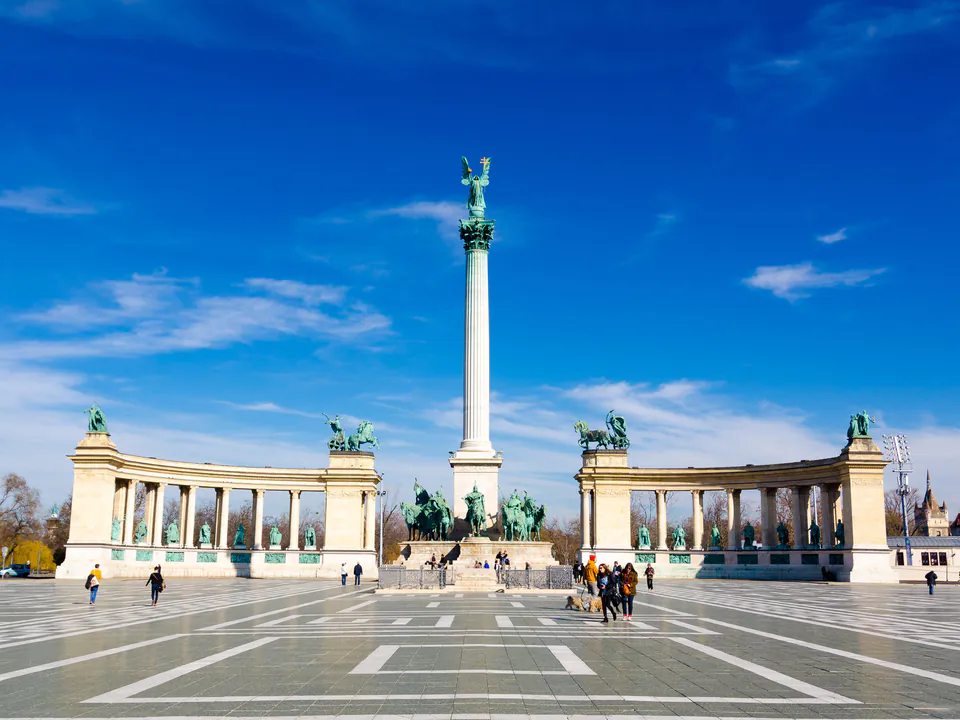
Buda Castle houses multiple museums within its historic walls, including the Hungarian National Gallery, the Budapest History Museum, and the Museum of Military History. The castle's elevated position gives you stunning views alongside cultural enrichment.
Practical Museum Information
Planning your museum visits requires understanding ticketing options, opening hours, and special programs that can make your cultural experience better.
Most major museums have combination tickets and tourist passes that give you significant savings for multiple visits. We always recommend the Budapest Card because it includes admission to many museums along with public transportation. It's really economical if you're a culture enthusiast.
Major Museums Quick Reference
| Museum | Location | Specialty | Key Highlights |
|---|---|---|---|
| Museum of Fine Arts | Heroes' Square | Classical Art | Old Masters, Egyptian Collection |
| Hungarian National Museum | Museum Ring | Hungarian History | Holy Crown, Medieval Artifacts |
| House of Terror | Andrássy Avenue | 20th Century History | Fascist and Communist Periods |
| Hungarian National Gallery | Buda Castle | Hungarian Art | 19th Century Paintings |
| Ludwig Museum | Palace of Arts | Contemporary Art | Pop Art, Modern Hungarian Works |
Many museums have free admission on specific days for EU citizens or reduced prices for students and seniors. Evening openings on certain days give you opportunities to experience museums with fewer crowds and special lighting.
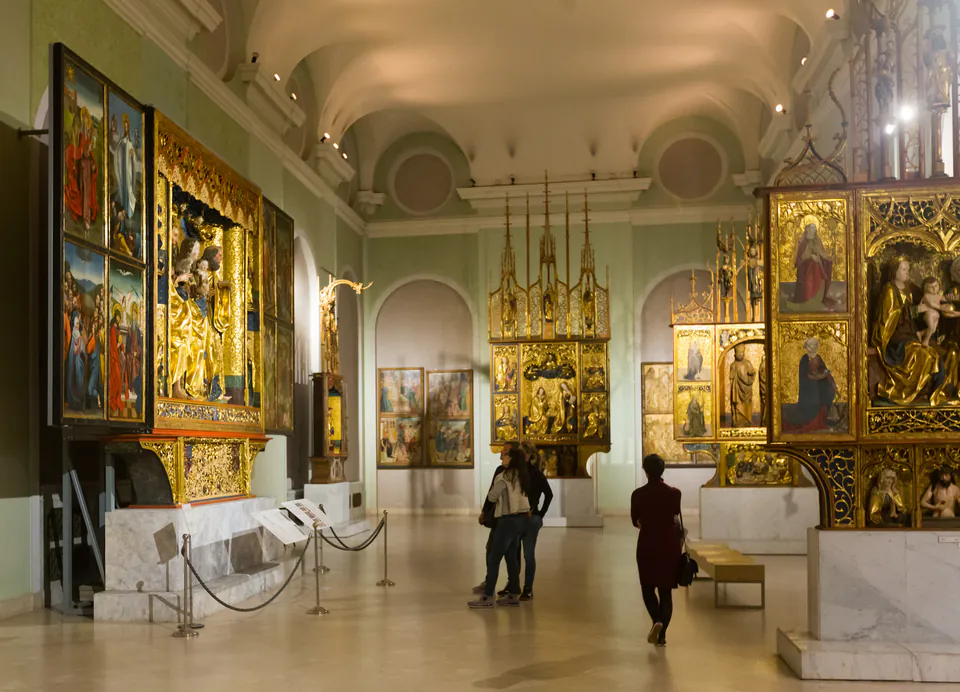
Special Exhibitions and Cultural Events
Budapest's museums regularly host temporary exhibitions that complement their permanent collections. These often feature international loans and thematic presentations that give you fresh perspectives on familiar subjects.
The Museum of Fine Arts frequently works with major international institutions, bringing blockbuster exhibitions to Budapest. We've seen major retrospectives of European masters and thematic exhibitions exploring artistic movements and historical periods in recent years.
Contemporary art spaces like Műcsarnok and Ludwig Museum showcase cutting-edge works by emerging artists. They provide platforms for experimental and provocative art that challenges conventional boundaries.
Many museums participate in special cultural events throughout the year, including the Long Night of Museums. During this event, institutions stay open late with special programs, performances, and guided tours. We love these events because they create unique opportunities to experience museums in different contexts and atmospheres.
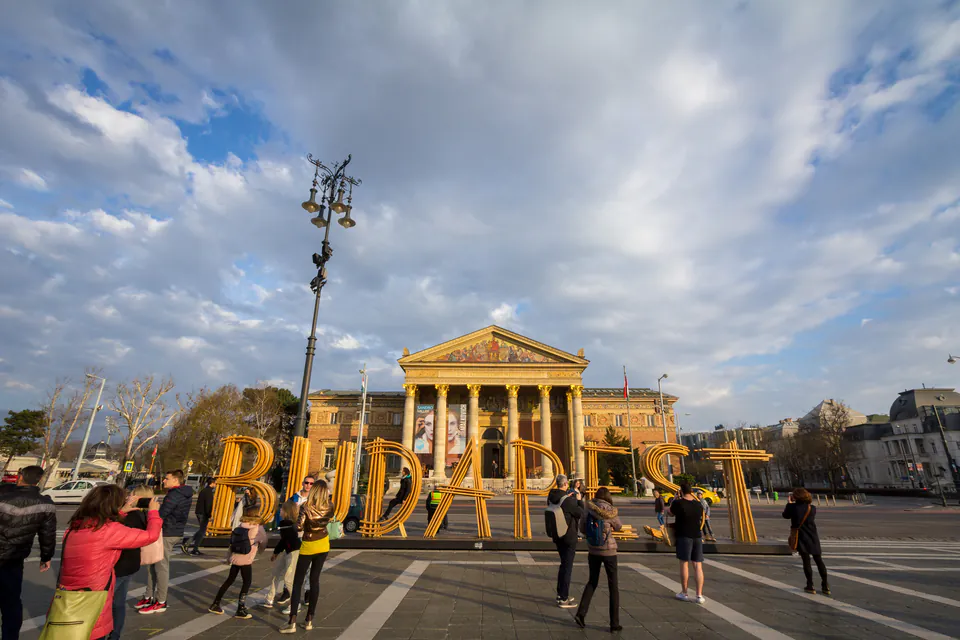
Museum Architecture and Buildings
The buildings housing Budapest's museums often rival their collections in terms of historical and architectural significance. Many occupy palaces, historic mansions, or purpose-built structures that represent important architectural movements.
The Museum of Applied Arts stands out for its exceptional Art Nouveau design. Ödön Lechner's distinctive Hungarian architectural style includes colorful Zsolnay ceramic decorations and folk-inspired motifs. We think the building's innovative use of materials and decorative elements makes it a masterpiece of Hungarian architecture.
Several museums occupy sections of Buda Castle, so you get to experience royal apartments and medieval architecture alongside artistic and historical collections. The castle's multiple courtyards and wings provide varied architectural contexts for different museum experiences.
The recently constructed House of Hungarian Music represents contemporary museum architecture, with its innovative design incorporating sustainable materials and cutting-edge acoustic technology. We were impressed by how the building's integration with City Park demonstrates how modern museum architecture can complement historic urban landscapes.
